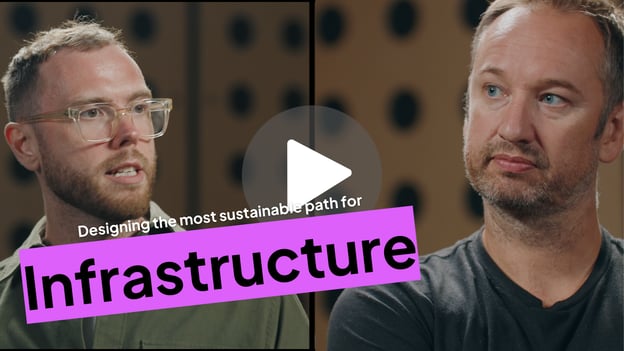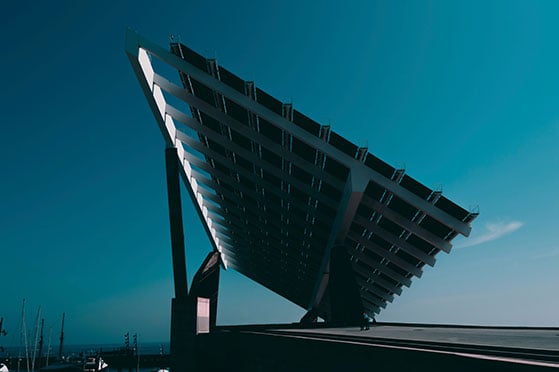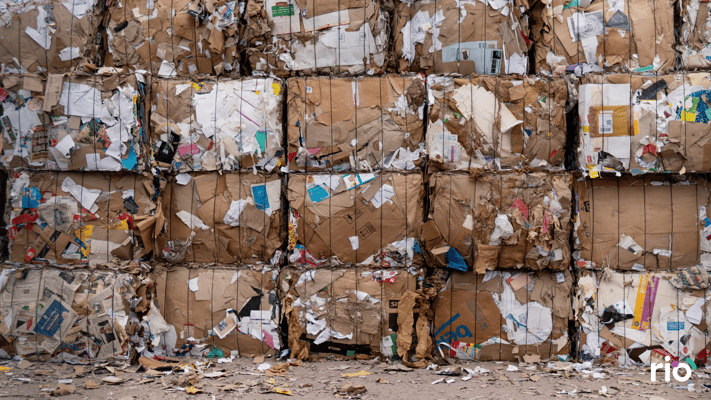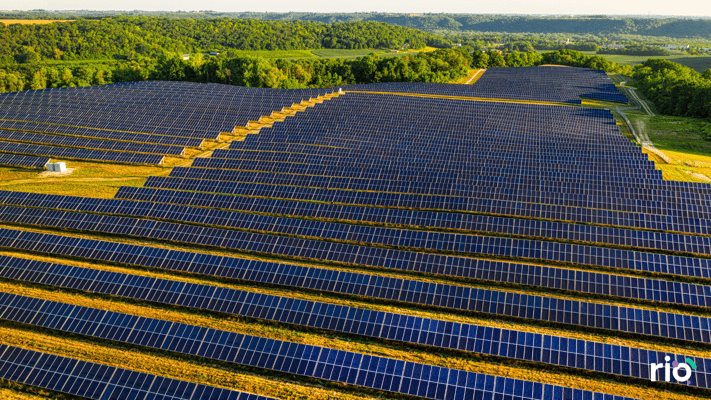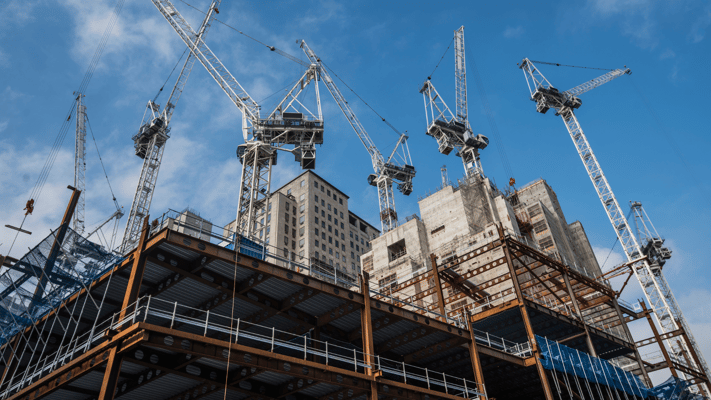The journey to a sustainable future starts with a fundamental question: why is a flight often cheaper than a train journey? This discrepancy isn’t just about economics; it’s about a system that prioritises convenience over sustainability.
As the world rallies around net-zero goals, the infrastructure sector is uniquely positioned to drive change and shape a greener future.
Infrastructure forms the backbone of our societies, connecting people, powering industries, and building the cities we live in. But to meet the challenges of climate change, it’s time for the sector to innovate and lead the way toward sustainable living.
The Current Dilemma: Infrastructure’s Role in Sustainability
The infrastructure sector is responsible for nearly 70% of global greenhouse gas emissions when considering transport, energy, and construction. Yet, despite its impact, the sector also holds immense potential to reverse this trend.
However, systemic challenges persist:
- Cost Inefficiencies: Outdated policies and practices make sustainable options, like trains, more expensive and less accessible than less sustainable modes like flights.
- Lack of Data-Driven Decisions: Infrastructure projects often miss opportunities for optimisation due to siloed data and manual processes.
- Resistance to Change: Transitioning to greener methods is seen as costly, despite long-term benefits.
How Infrastructure Can Be the Catalyst for Change
Infrastructure doesn’t just contribute to emissions—it can be the solution. By embracing innovation and data-driven strategies, the sector can lead the charge toward net zero.
Here’s how:
- Smart Transportation Systems: By redesigning transportation networks with efficiency in mind, cities can prioritise public transit and railways, reducing reliance on cars and flights.
- Sustainable Construction Practices: Using renewable materials and low-carbon technologies can drastically reduce emissions during construction.
- Energy Optimisation: Infrastructure that integrates renewable energy sources and smart grids can power cities sustainably.
Rio’s platform is a game-changer for infrastructure leaders. By leveraging real-time insights and predictive analytics, organisations can:
- Identify carbon hotspots across projects.
- Optimise processes to minimise emissions.
- Make informed, data-backed decisions that align with net-zero goals.
Why Now? The Opportunity for Infrastructure Leaders
The race to net zero isn’t just about reducing emissions—it’s about building a more equitable, resilient, and sustainable world. Infrastructure leaders have the power to redefine systems, challenge norms, and create solutions that benefit everyone.
The question isn’t just why flights are cheaper than trains; it’s how infrastructure can fix this. By addressing systemic inefficiencies and championing sustainable alternatives, infrastructure leaders can close this gap and drive meaningful change.
Be the Change with Rio
As a sustainability management platform, Rio is here to empower infrastructure leaders to take bold steps forward. Together, we can:
- Rethink outdated systems.
- Invest in sustainable alternatives.
- Lead the global transition to a net-zero future.
Infrastructure isn’t just part of the problem—it’s the key to the solution.
Let’s work together to build a world where sustainable choices are the default, not the exception.
🎥 Check out this video where our CEO and Chief Commercial Officer have a candid conversation about the real challenges and solutions in the race to net zero—and explore which countries are leading the charge.
